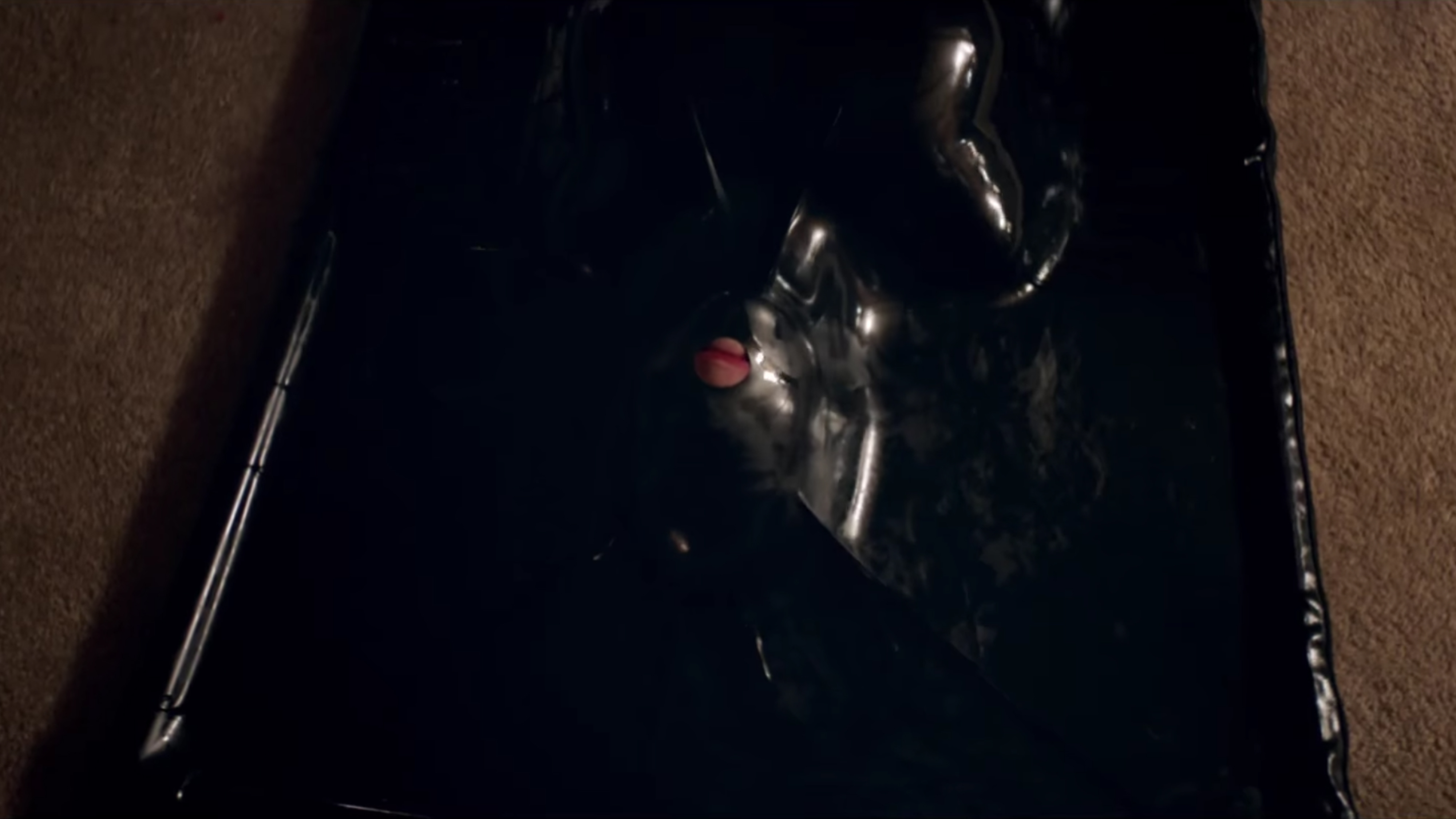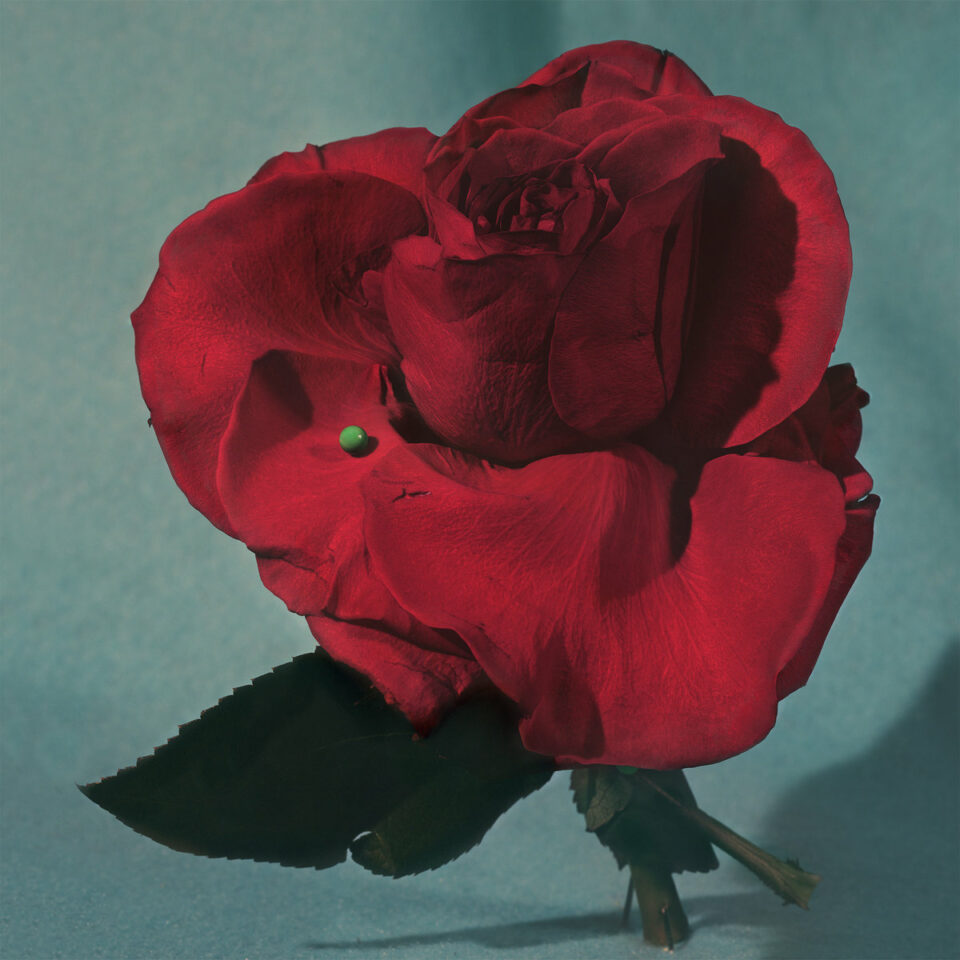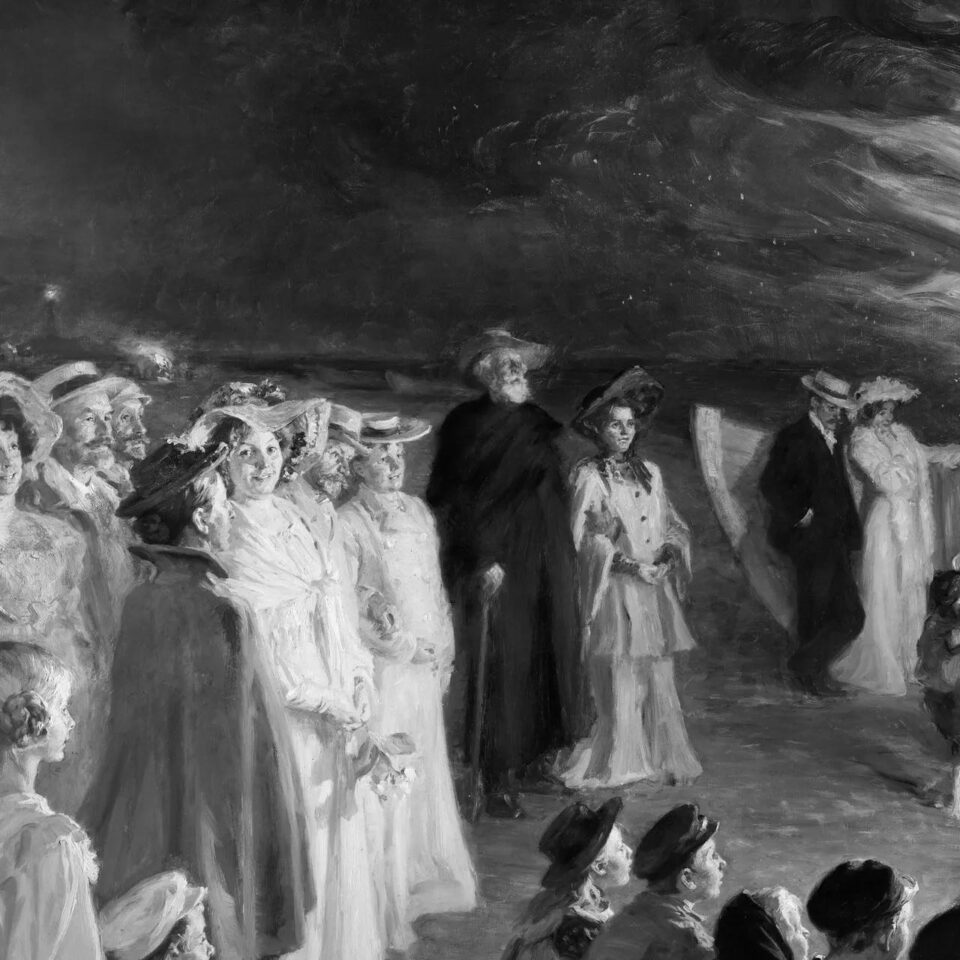Is it finally time to reassess Marilyn Manson? Justin Bieber recently appropriated Man5on’s pallid Y2K-era face for his official tour merch (“Bigger Than Satan Bieber”), Marc Jacobs is looking the singer’s beat-up-lunchbox era look for inspiration (a look which Manson has modeled), and the man himself is taking a turn as a (for some reason) Native American hit man in the film Let Me Make You a Martyr.
For all of his shock and awe and considerable bad taste, Manson has always projected a visual identity that’s equal parts goofy and discomfiting; look no further than his (suddenly prescient) entrance at the 1997 VMAs for proof). So it should be no surprise that Phantogram, who have steadily shimmied their way toward the dark and appealingly nasty side of electro-pop, would take an aesthetic page from Manson’s Mechanical Animals–era playbook.
Yesterday, Phantogram’s Sarah Barthel and Josh Carter released the video for “You Don’t Get Me High Anymore,” the lead single from their forthcoming album Three, and it’s a decidedly, ah, different look for the duo. Barthel rolls around uncomfortably in a house that might well be an abandoned Breaking Bad set while a mysterious rider rolls through the desert, but the video’s most striking moments come thanks to its forthright use of bondage imagery and nefarious-seeming science experiments that go unexplained.
The horror—and it’s fair to call it horror—comes not in the fact of bondage and the gore of sliced flesh, but in the way both are treated. There’s something stiffening about seeing all of that slick and writhing leather in such a mundane setting, the futuristic sex set in a decidedly quotidian locale. In some ways, that’s simple realism; it’s reasonable to assume that there are leather fetishists doing this kind in bedrooms like this all over the nation, a fact that hardly resonates as strongly as these images do. The look on Barthel’s face as she rests in the corner, and the menacing way the camera swings around the scene, and the brightly lit view that we’re afforded all conspire to make it feel as though something is off despite our seeming ability to see all things. The slicing and injecting and molding and pouring that comes with the science-experiment scenes work in the same way—their obscurity of purpose gives them a gross and paranoiac power; we have no idea what’s going on, but our respect for the lab forces us to take warning.
These tropes existed before Marilyn Manson, of course, but Manson’s Mechanical Animals videos—and contemporary work by Chris Cunningham—play with the same ideas. Having exhausted the shabby-chic/rusted-dental-gear aesthetic he explored circa Antichrist Superstar, Manson offered up a clean, practically antiseptic world in the clips for “The Dope Show” and “I Don’t Like the Drugs (But the Drugs Like Me)” whose very horror came from the way it all played out in the daylight. It’s a look borrowed from A Clockwork Orange, among other places, run through Manson’s post-Bowie commitment to invading the everyday. That matter-of-fact quality that Kubrick also deployed in The Shining makes for far more effective frights than the blood-and-trash-strewn videos surrounding Antichrist Superstar. For both Manson and Phantogram, the truest horror exists in a place you can see.
Phantogram appeared on the cover of FLOOD 2 with Big Boi. Click here to buy or download that issue.









